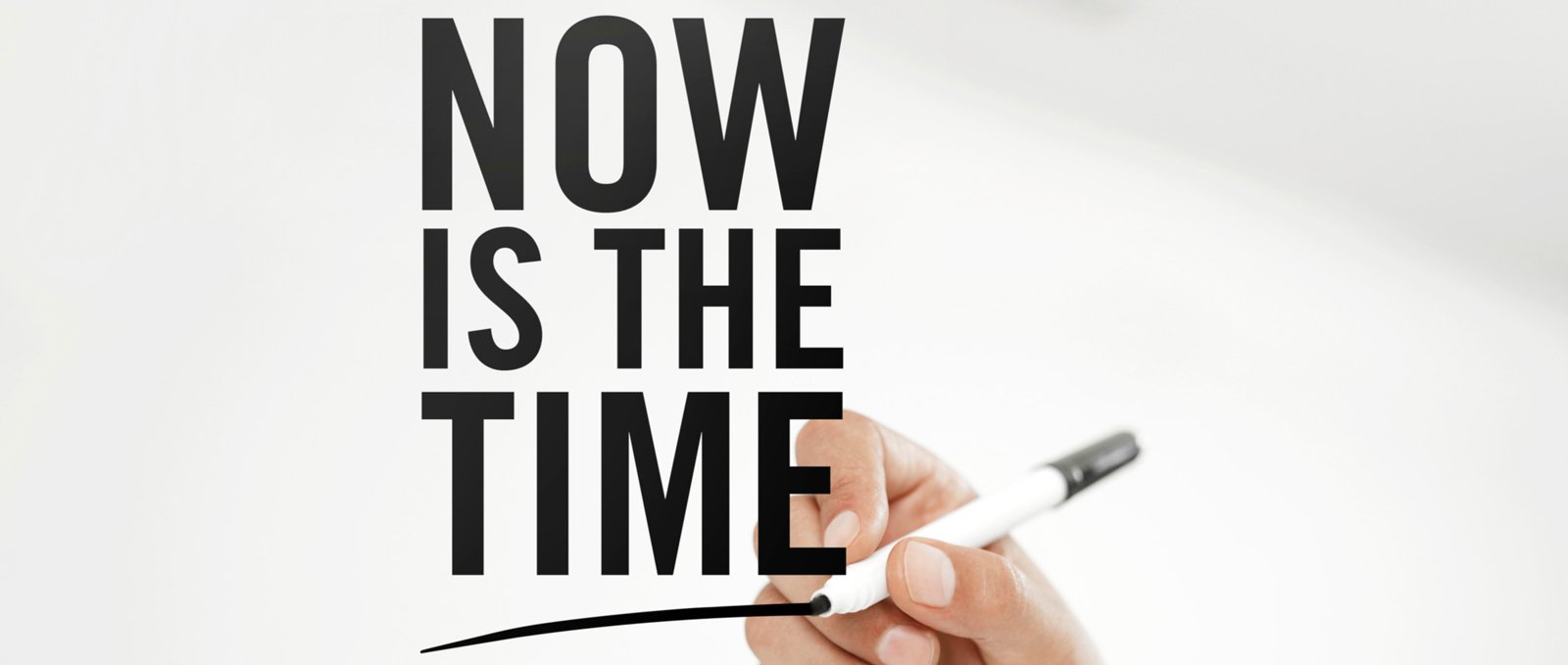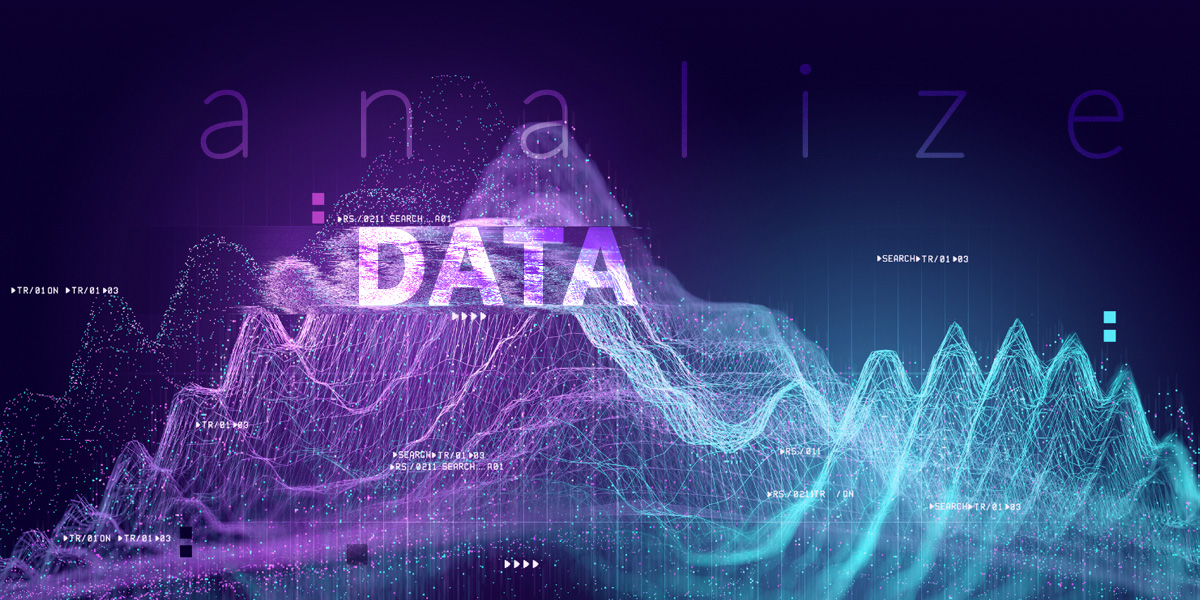Mastering Business Sustainability in Changing Times
Historically, home and community care has been reactive, addressing the issues of the day with minimal focus on predicting and forecasting care delivery and design for the future. Operating in a decentralized environment, many organizations still function without technology to enable data collection at the point of care making it difficult to optimize evidence informed decision making and be ahead of the curve to ensure business sustainability.
In the COVID 19 environment, home and community care organizations, whether they operate in home health, home care and/or hospice care, are focused on four distinct goals of patient and staff safety; delivery of exceptional patient outcomes; advocating for legislative changes to support the industry; and providing reliable and consistent employment thru organizational viability. Reliable, meaningful, and relevant data sets along with business analytic tools to support evidence inform decision making is an imperative.
With the health human resource shortage continuing and no real relief on the horizon, the constant economic drain and the risks to patient care can result in reduced patient outcomes and satisfaction, loss in productivity and money, as well as the increased stress for all stakeholders. The ability to leverage larger data sets to explore questions such as new ways to deliver effective and efficient care in this type of environment is critical. The pandemic has left home and community care organizations still in a response phase with transitioning timeline to full recovery unknown.
The Institute for Health Care Improvement’s quadruple aim is predicated on the principle of gather once, use many times, in order to achieve the goals of improving the patient experience, optimizing workforce wellbeing, reducing the total cost of care and enhancing population health outcomes.
There are a number of factors that contribute to successful achievement of these goals in the continuing COVID environment: risk mitigation; the impact of human resource factors such as school closures and staff requested leaves of absence; increasing patient acuity; staff and patient confidence in the organization to manage safe care; new service delivery model adaptations such as virtual care and individual state requirements. Understanding the impact on staff, patients and the organization can position the organization to make changes that can lessen the negative impact and supports the timely adoption of new and revised policy and practice changes in areas such as supply management and personal protective equipment allocation, reuse and distribution processes.
In health care, a minimum data set must include patient, service, and care data as well as financial and human resources data elements. Ensuring privacy and security of data is paramount. Utilization of data, in consumable formats such as dashboards, is central to risk management where key stakeholders within the organization (front line, supervision and management) can focus on solving problems for the organization, patients and staff.
The economic value of big data has been highlighted by many. Cost benefits of an optimized clinical operation is enormous (McKinsey Global Institute, 2011) and by understanding what treatments work best for specific populations, coupling research and practice evidence with patient electronic medical record and remote patient monitoring where reductions in hospitalizations and unnecessary emergency department use can be seen.
In the new world of big data, it is anticipated that a data warehouse, as the traditional repository of aggregate data (internal, external and transactional) and business intelligence systems will complement the big data databases and enable the management of these vast datasets.
 Leaders in the data science and data management space are pointing to analytics as the critical component to creating value and sustainability for an organization. You can have a lot of data and do nothing with it-ensuring that you are collecting the right data and that you are using the data will bring relevance and meaning to those who need the outputs. Evolving data along a continuum from information to knowledge and then to organizational wisdom is where organizations will achieve their greatest value.
Leaders in the data science and data management space are pointing to analytics as the critical component to creating value and sustainability for an organization. You can have a lot of data and do nothing with it-ensuring that you are collecting the right data and that you are using the data will bring relevance and meaning to those who need the outputs. Evolving data along a continuum from information to knowledge and then to organizational wisdom is where organizations will achieve their greatest value.
Critical to achieving sustainability in rapidly changing times is a comprehensive data set, a data warehouse and a set of business intelligence tools that can be used at all levels of the organization to inform sustained change. Couple that with integration of unstructured data and new tools such as artificial intelligence, predictive analytics and natural language processing and planning for a better future is possible. COVID 19 has created new problems but with those new problems, new opportunities to create new ways of providing home and community care to deliver on the Quadruple Aim of better care, better value and better outcomes for exceptional patient and staff experiences.
The connections between sustainability of an organization and the satisfaction of both staff and patients has been well documented across multiple industries. Creating customer loyalty and exceeding customer expectations are directly linked to the organizations ability to deliver on the value proposition.
Simply, home and community care organizations can’t manage without technology enabled systems that allow for aggregated data to be used in day to day operational and clinical practices to identify what is working and where improvement processes need to be applied.
 Now is the time for organizations to assess, adjust, adapt, and accelerate changes in organizational structure, culture, competencies, and strategy to ensure they can thrive in the wake of COVID 19 Wave 2 and beyond.
Now is the time for organizations to assess, adjust, adapt, and accelerate changes in organizational structure, culture, competencies, and strategy to ensure they can thrive in the wake of COVID 19 Wave 2 and beyond.


